Understanding EAS Activator Deactivators
Electronic Article Surveillance (EAS) systems are pivotal in retail loss prevention, and central to their operation are eas activator deactivator devices. These systems are designed to detect and deter theft, ensuring merchandise security from checkout to store exit.
Components and Materials
The effectiveness of an EAS deactivator hinges on the quality of its components. These devices are constructed using durable materials tailored to withstand the rigors of high-traffic retail environments. The activators and deactivators consist of sophisticated circuits and sensors that work seamlessly to manage inventory protection.
Functionality and Features
An EAS tag deactivator boasts high sensitivity, crucial for detecting tagged items. The non-contact nature of most EAS decoders allows for an efficient checkout process, as items do not need to be directly aligned with the deactivation pad. Integration with barcode scanning technology streamlines transactions, reducing the potential for bottlenecking at the point of sale.
Alarm Systems and Sensitivity
The alarm systems in EAS security tag deactivators are designed to alert staff of any unauthorized removal of merchandise. The volume is calibrated to ensure audibility across the store without being disruptive. Enhanced decoding sensitivity minimizes false alarms, fostering a pleasant shopping environment.
Applications in Retail
EAS systems are versatile and can be adapted to various retail settings. From clothing stores to supermarkets, these systems provide a layer of security that is both discreet and effective. The deactivation process is quick, maintaining the flow of customer service while safeguarding goods.
Advantages of EAS Systems
Incorporating an EAS label deactivator into a retail environment can significantly reduce shrinkage. The presence of these systems alone can act as a deterrent to potential theft, while their detection capabilities allow for immediate response to security breaches, thereby safeguarding assets and ensuring a secure shopping experience.










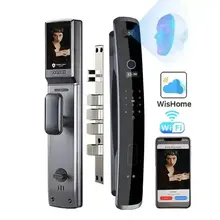


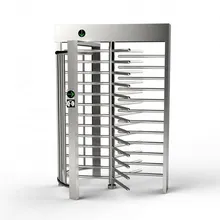

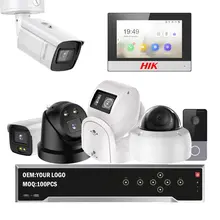
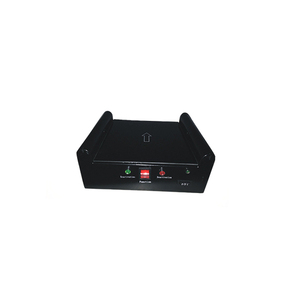




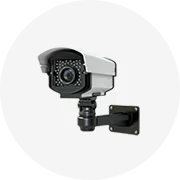


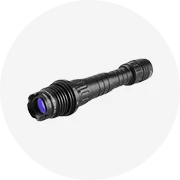










 浙公网安备 33010002000092号
浙公网安备 33010002000092号 浙B2-20120091-4
浙B2-20120091-4